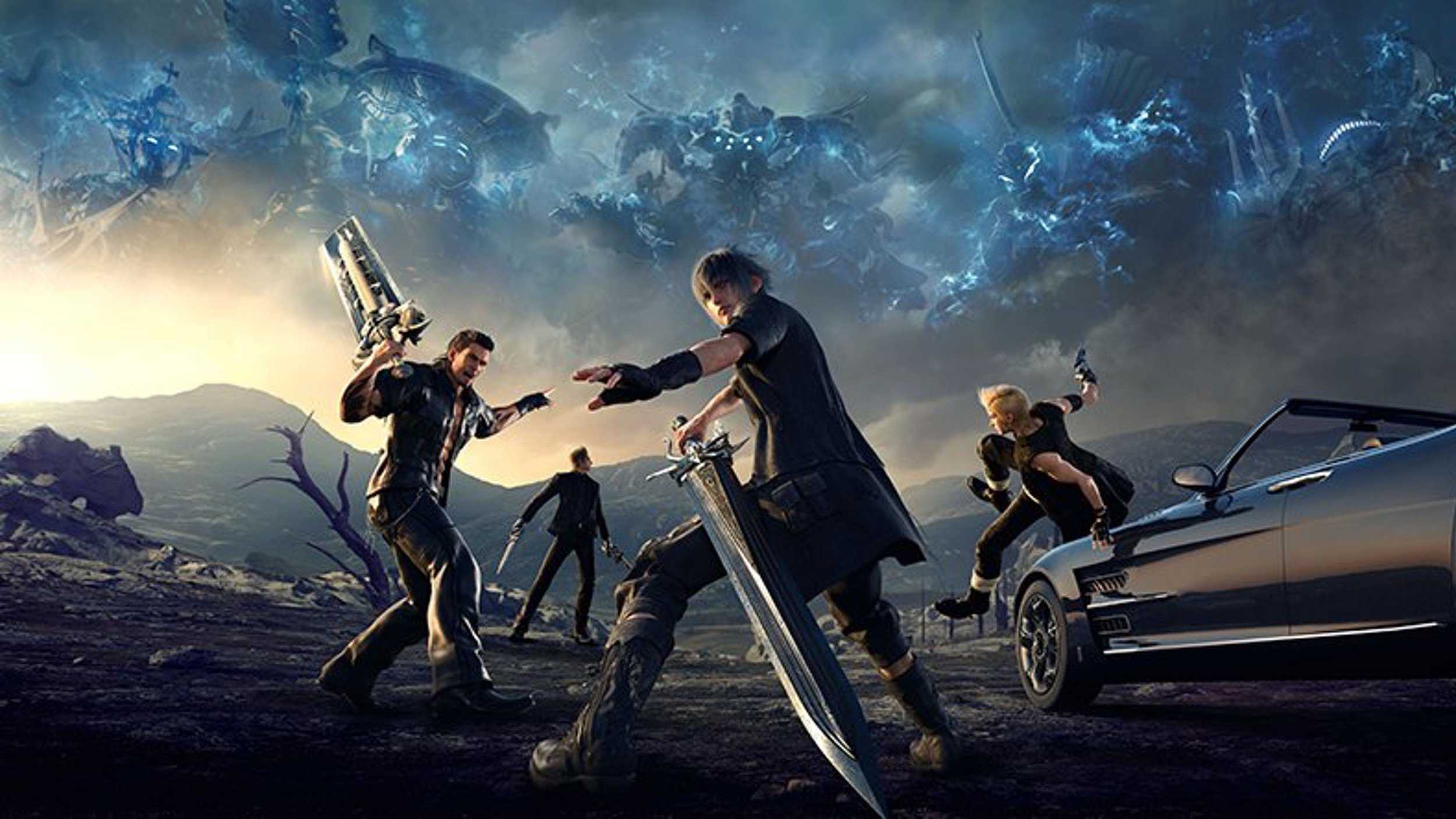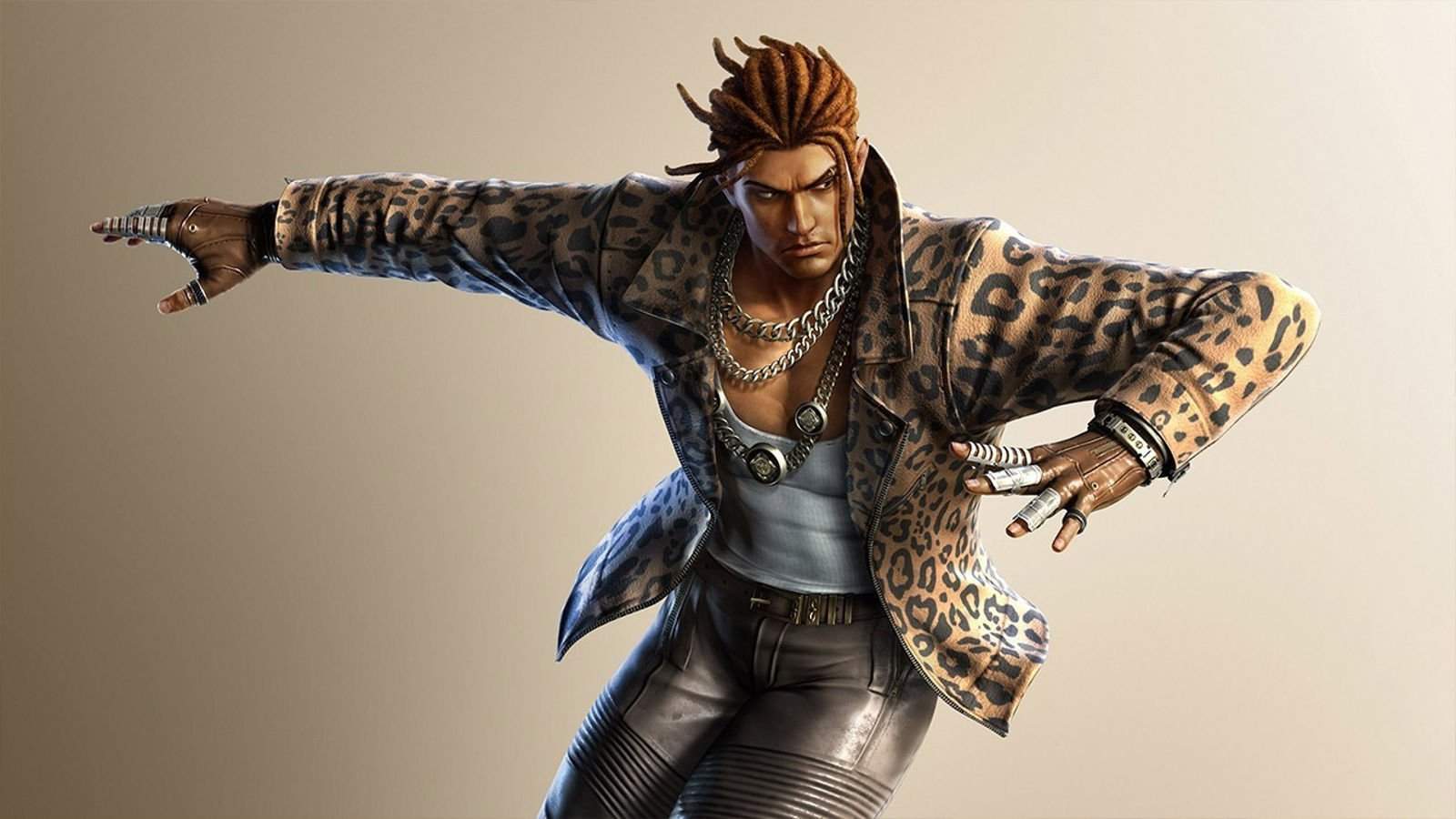Zombie games. You simply cannot get enough zombie games, can you? Evidently not! Sony Bend Studio, most well known for their stunning work on the Syphon Filter franchise, and two Uncharted spin-off titles, announced that they were working on a brand-new intellectual property (IP) in 2016. This eventually turned out to be open world, zombie action adventure title, Days Gone.
Admittedly, I lost all sorts of interest when I heard that Days Gone would be yet another zombie survival game set in some post-apocalyptic setting. However, when the review code landed in the Vamers inbox, I decided to give it a fair chance. Who knows, perhaps it would stack up to be an incredible title – a cult hit, if you will?! Was this the case? Not quite. In this Vamers review of Days Gone, I go over what makes the game feel like a stiff, phoned in, cookie cutter zombie game.
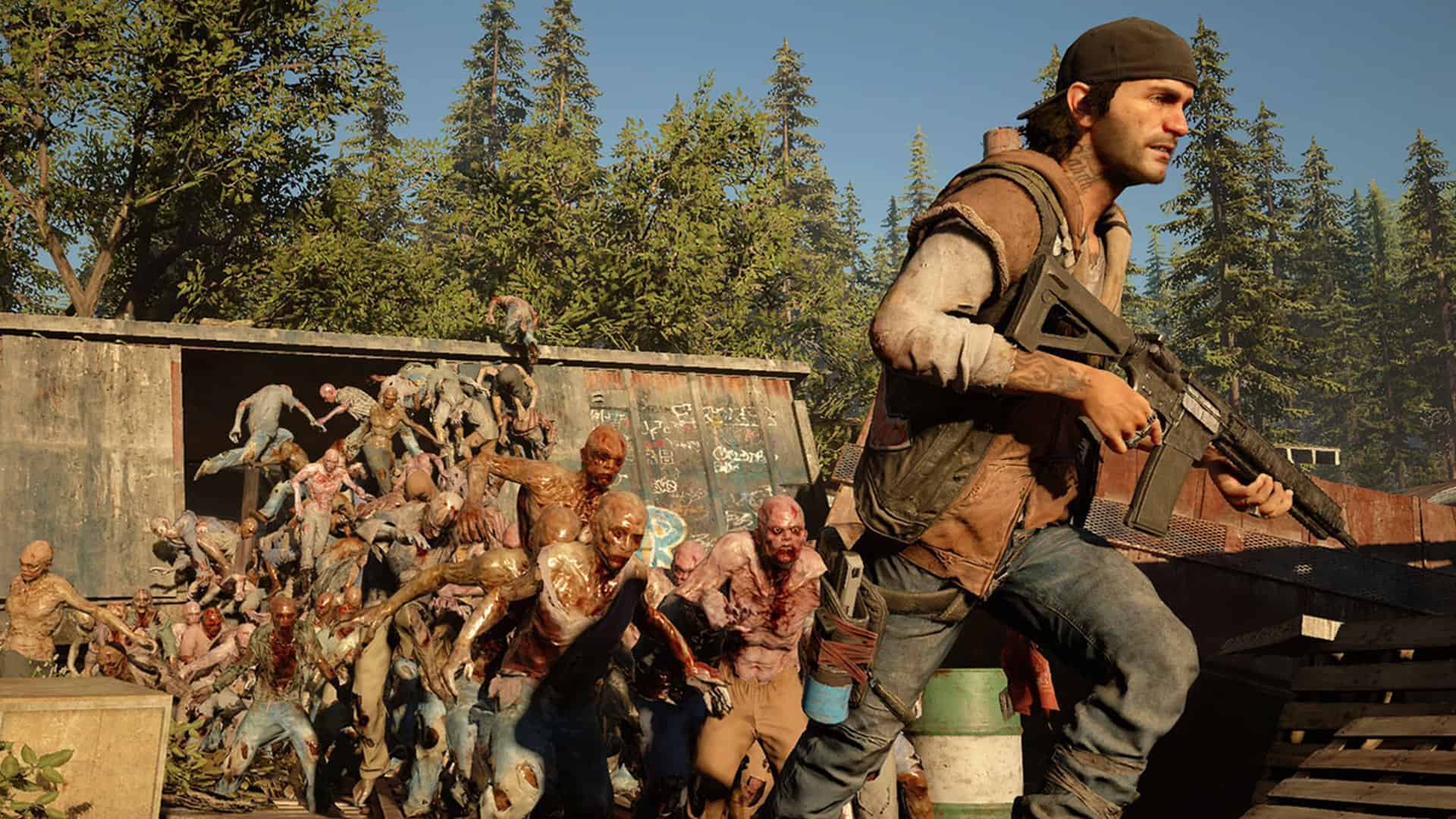
A clichéd story with some intrigue
Days Gone takes place in a post-apocalyptic Pacific Northwest, in the United States of America. Here, Deacon St. John and his best friend Boozer, have survived a global pandemic that decimated most of the global population. Those that succumbed did not die, however. Instead, they turned into feral cannibalistic creatures that the surviving populace calls Freakers.
The player follows Deacon as he rides as a bounty hunter and mercenary for the various survivors in Days Gone. The game starts out by explaining how Deacon rushed his wife, Sarah, to an evacuation point. Only to learn that there was no space for him and Boozer to join the escape party. Deacon naturally lets his wife go, so she can live and be safe. Then the game cuts to the present day.
This is meant to be an emotionally heavy scene, akin to the likes of the opening scenes featured in Last of Us. The most glaring issue, however, is that animations are incredibly stiff, and the voice-over work sounds like it has been ‘phoned-in’. In addition, it also feels dated. In my opinion, these three things crippled the opening hours of the game. Fortunately, once you get used to each element, the opening hours turn the many hours that follow into an enjoyable experience. One marred by some weird gameplay design decisions (more on that later).
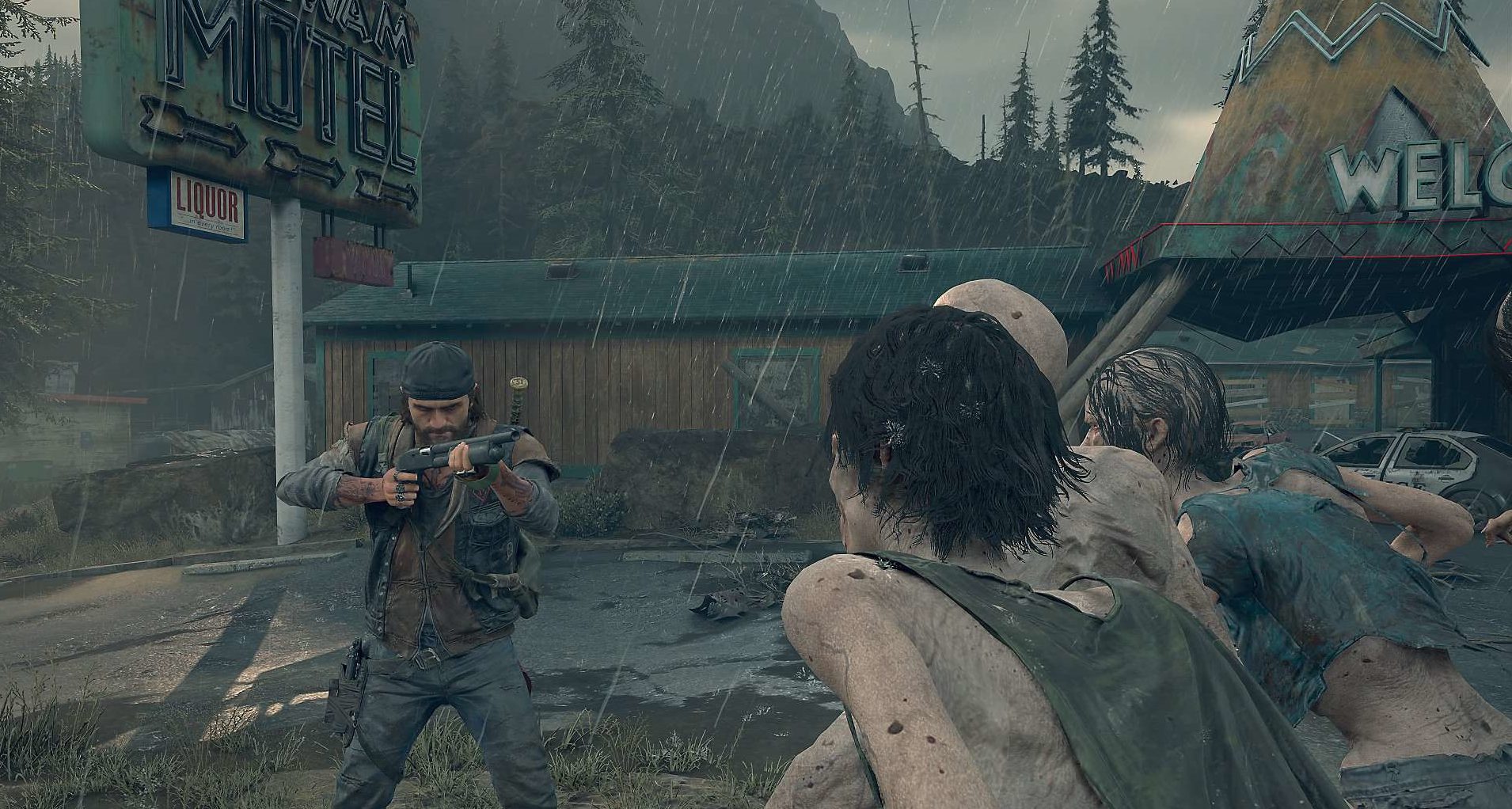
In terms of the narrative, I must mention how the story evolves into wonderful fanfare the longer you play. Not long after you return to the present day, you learn that Sarah was killed during the events in the past. Both Deacon and Boozer have also racked up a few bounties on their own heads, and learn that dangerous people are after them. As such, they plan to ride out north, only to have their plans thwarted when Boozer receives an injury from a group of pyromaniacs. Deacon also loses his bike, along with the gas tank his wife gave him, during a little misunderstanding.
This is where Days Gone opens up and sets the player off into the unknown. As Deacon, it is your job to build up a new bike, take care of Boozer, and figure out what the National Emergency Response Organisation (NERO) has to do with anything. Predictably, the narrative starts out with an emotional hook that hopes to keep you invested. This hook extends throughout the first act of the game, up until you finally figure out what NERO is really doing in this part of the area. This then leads into the second act of the game, where multiple lesser stories start to converge, and a greater overall picture begins to form.
The second act of the game is also where most of the aforementioned concerns begin to fade away, especially as the open world expands into a vast post-apocalyptic wasteland. A pretty one at that. As you ride north and figure out the mysteries of NERO, you uncover a few narrative elements that do not make sense, but which can be guessed if your mind is sharp enough. The story that follows is not unique at all, yet it does hold a bit of intrigue – especially as you start to learn more about a mysterious scientist, and their role in all that has transpired. The more you think about the main storyline in Days Gone, the more clichéd it becomes. Despite this, I will admit that it is an action set piece from the start, all the way through to the very end. A very enjoyable one that is, rather sadly, hampered by stiff animations, poor lip syncing and distinctly average voice-over work.
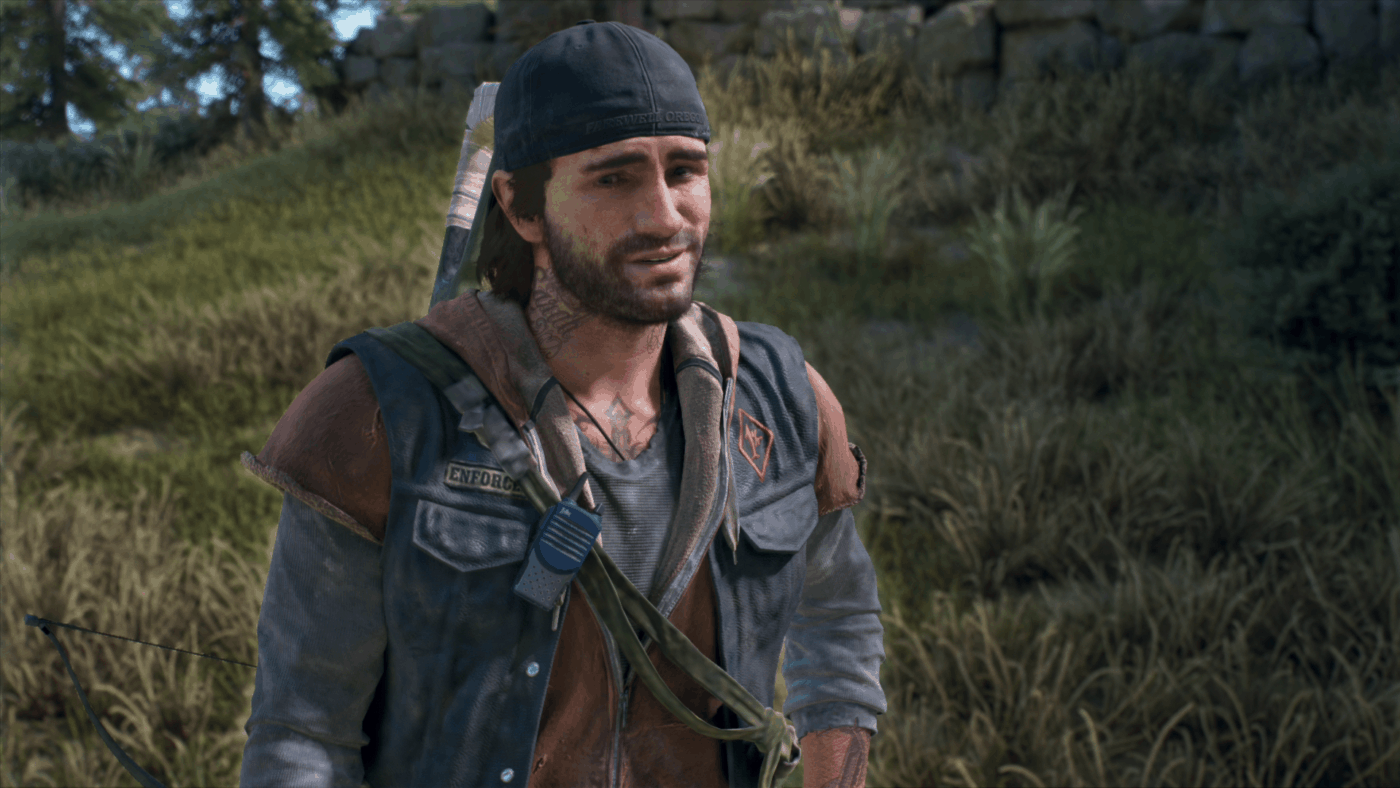
Cookiecutter gameplay makes Johnny a dull boy
As you progress through the roughly 15-hour campaign in Days Gone, you will be met with hundreds of missions, bounties, and seemingly dead-end sub storylines that take you to all parts of the Pacific Northwest. This is where the campaign’s shortcomings start to emphasise how much the developers relied on repeatable gameplay. They rely so much on it, in fact, that you will consistently do the same four to five things throughout the entirety of the fifteen to twenty hours that you invest into the title.
When I say “four to five things”, I really mean it. Every single mission involves riding out to a marked location where you either have to find something arbitrary to continue the story; shoot a bunch of bad guys; catch a dude running or riding away, or just standing around and listening to a bunch of people speak. That is the extent of the various things you can do in Days Gone! It becomes repetitive, really quickly.
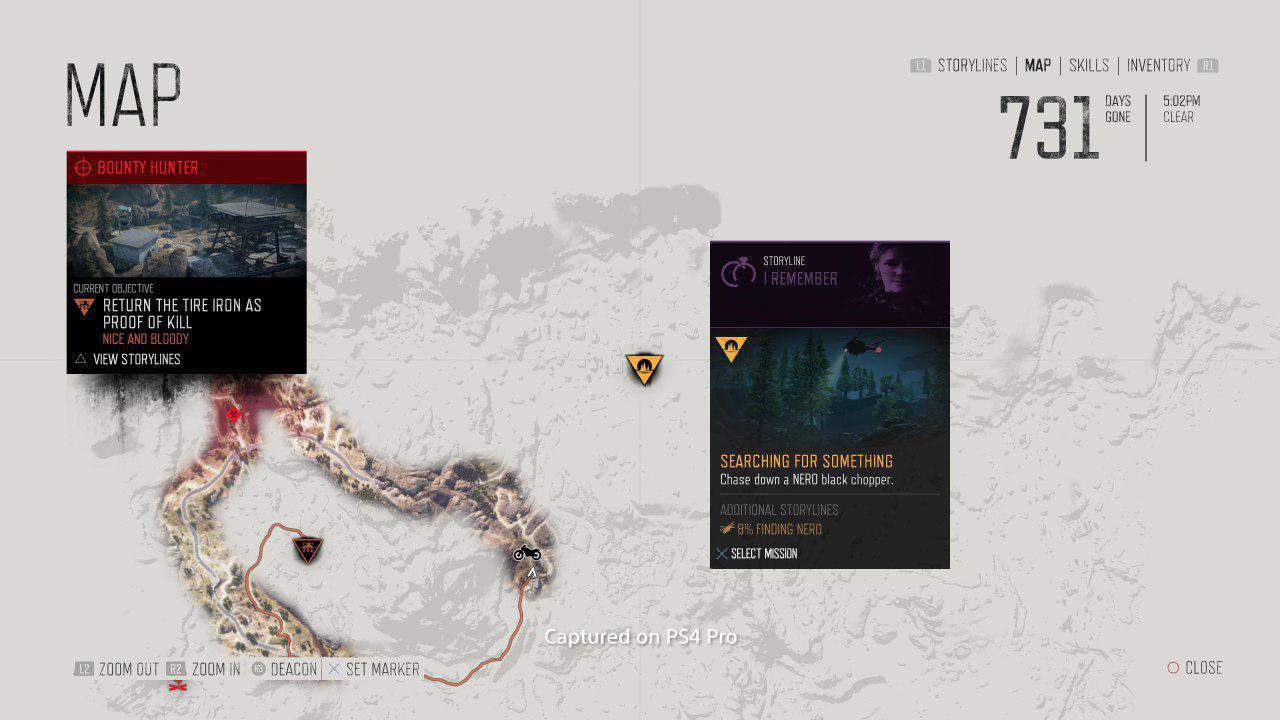
To the game’s credit, it features a basic crafting system where you scavenge for certain materials that you then craft into others. Early on you will learn how to craft a Molotov out of beer bottles and cloth. Later you will learn how to craft all kinds of bolts for your crossbow, grenades, and even fancy forms of medication. This would be a great addition to the game, if resources were not scattered throughout the entire ‘Pacific Northwest’ in two square-meter intervals!
No matter how much I crafted, I always had full pockets of resources waiting to be used. Thus taking away the challenge of ‘surviving’ in this post-apocalyptic setting. This ‘problem’ alleviated itself a bit when I learned that I could add nails to boards and planks, or enhance certain melee weapons with the very resources the game kept giving me… but only by so much.
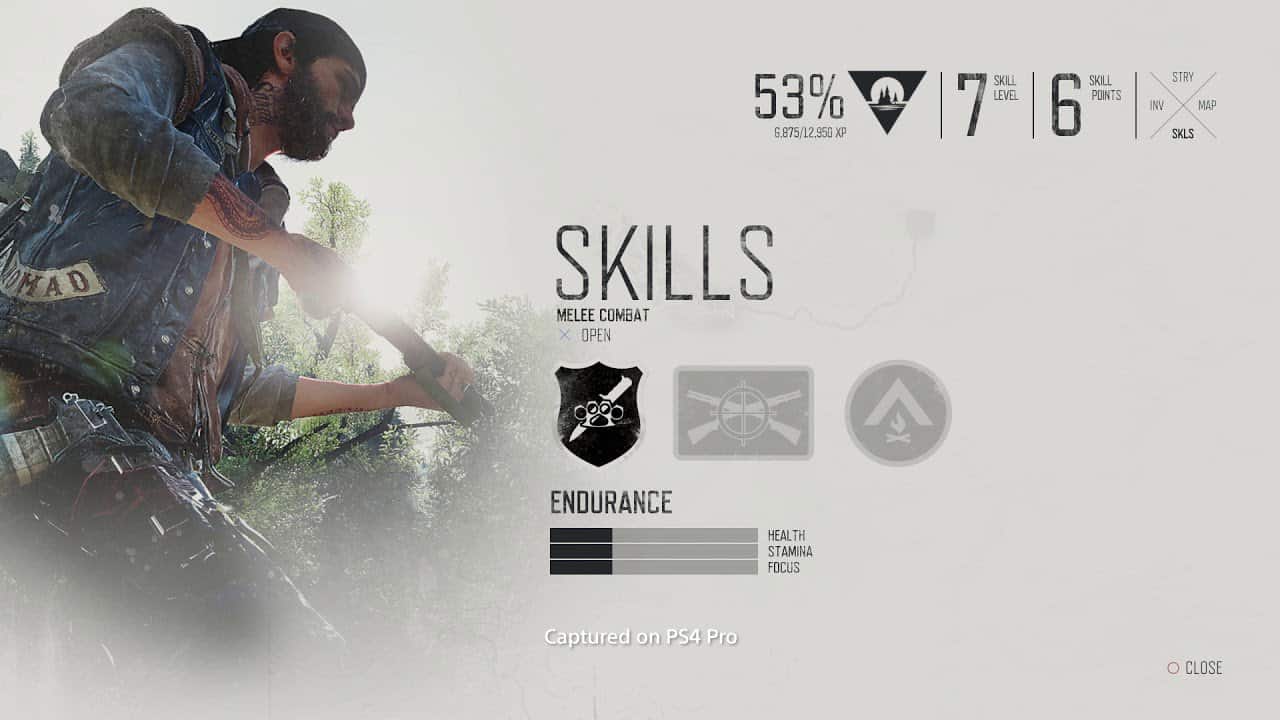
At any given time, Deacon can carry two main weapons, a few melee weapons, and a bunch of throwables. Swapping out the main weapons is easy enough – just press triangle. Unfortunately, it proved to be quite frustrating when I started to include Molotovs and traps in my combat strategies.
Deacon St. John is a real badass. This much is made clear when Deacon openly taunts a horde of freakers without a second thought, and when he takes on a few of them in single combat after Boozer quietly asks him not to. It is just such a shame, then, that he can barely take three hits from a basic freaker! This is not because he has a small health pool, however. Rather, it is the direct result of the weird decisions Sony Bend took with the controls during combat.
Days Gone is an open world game that emphasises combat and survival. You would not think that is the case when you look at the controls the game forces onto you. While you aim with the left trigger and shoot with the right, you have to rely on sheer willpower to get anything done when freakers close in too fast. The reason for this is because there is no lock-on functionality. To make matters worse, the game will automatically re-equip whatever main weapon was last used the moment a throwable has been thrown – like rocks and Molotov’s.
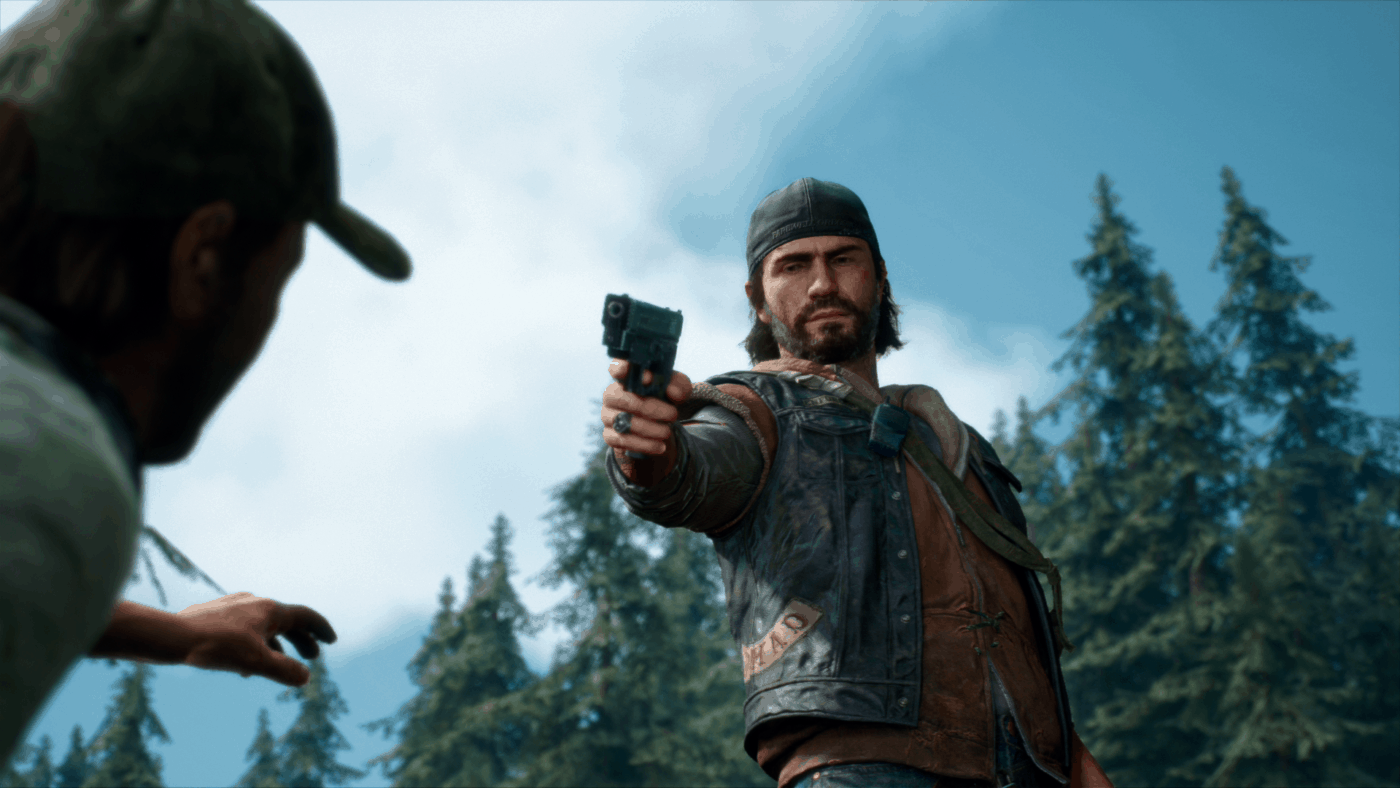
This gameplay design decision caused a lot of issues. For example, it meant that whenever I would equip a rock to distract a freaker, and then, thinking that I still have more rocks equipped (which are unlimited), I would hold L2 once more. This would result in Deacon standing up and revealing himself to the entire horde of freakers. All because the game decided that I now wanted to shoot the freaker in the head, instead of throwing more rocks.
Following this, I would have to either shoot or stab my way to victory. As such, I would go into the weapon wheel and grab my boot knife, the default melee weapon when nothing else is equipped. Unfortunately, the game camera would begin to get confused during melee combat. As I attempted to control the camera to see the entire horde of freakers around me, and cut the correct freaker in the face, the camera would begin to switch to other freakers in the vicinity. A problem, given that there is no actual lock-on function in the game. Naturally, this never went very well, because the character would not continue fighting the correct freaker as soon as another walked too close.
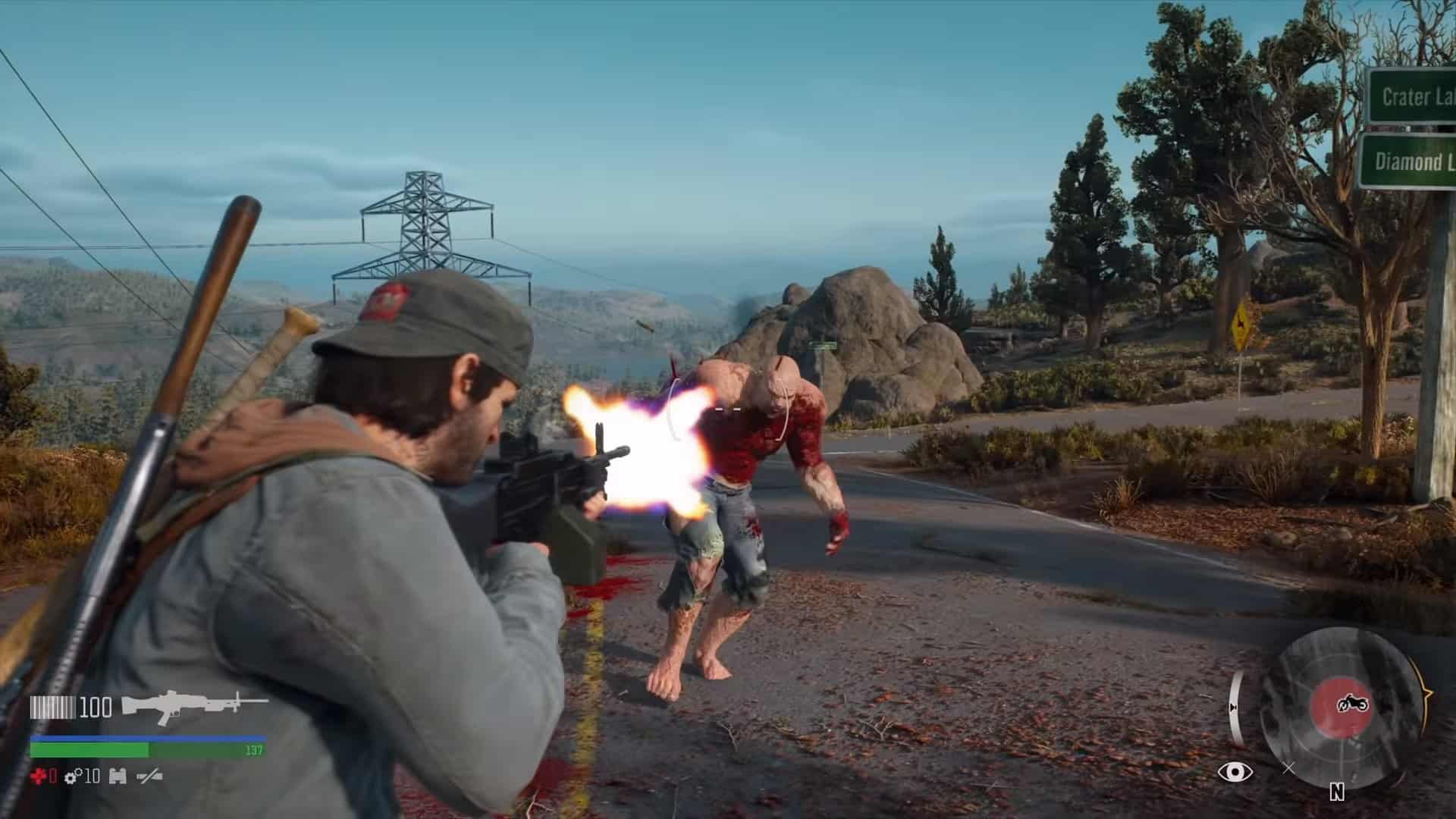
Similarly, the dodge button is in the weirdest possible place. Sony Bend did include one, but they did not map it to a button you would expect, like circle or square. Rather, they mapped it to the right shoulder button (R1). So not only did I have to unlearn years of console gameplay where R1 is for light attack and R2 is meant for heavy attack, but I also had to learn how to time the presses correctly so as not cut my own combos short. Even God of War’s double-tap X was a better solution to this, but I digress.
Thankfully, traversing the world on foot or motorcycle was easy enough to learn. Riding the bike, especially, proved quite zippy and useful. It may not feature the most realistic physics, but it felt good to drive.
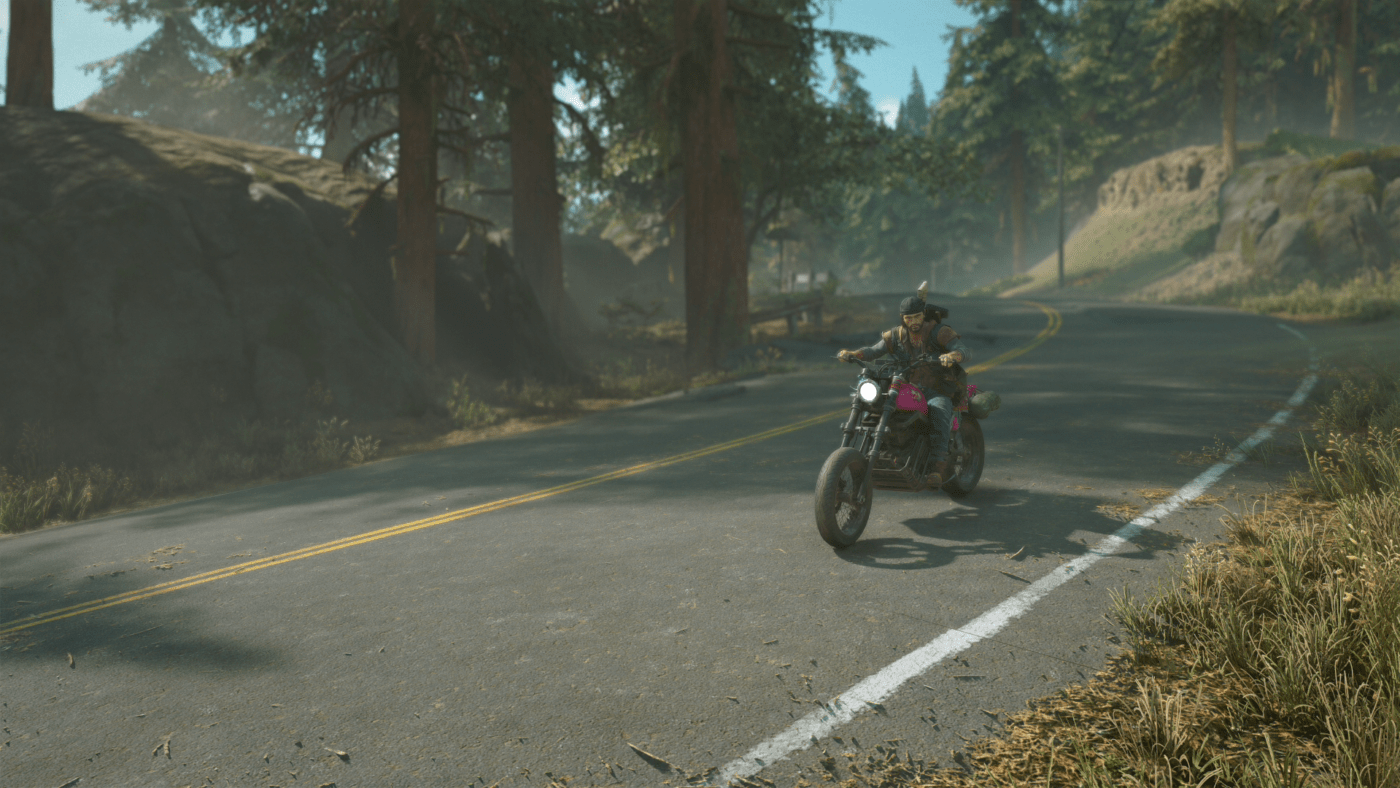
The motorcycle is very much the supporting protagonist of the game, Boozer be damned. The reason I say this is because Sony Bend put a large emphasis on the building of the bike, its upgrade trees, and its customisation.
The game features a huge quantity of unlockable gear for the bike. This includes improved engines, brakes, tyres, and even saddles, seats, and even nitrous oxide. Improving any of these requires you to complete missions, earn enough cash, and earn the trust of whatever mechanic is currently working on your bike.
In addition, the bike also acts as its own entity once you are out and about. It needs petroleum to drive, which can be found around every corner, and scrap to repair – particularly if you hit too many trees and boulders while you are off catching some dude on a bike. Doing each of these activities takes a few seconds of your time, and I will recommend filling up and repairing every single time you stop to stare at something.
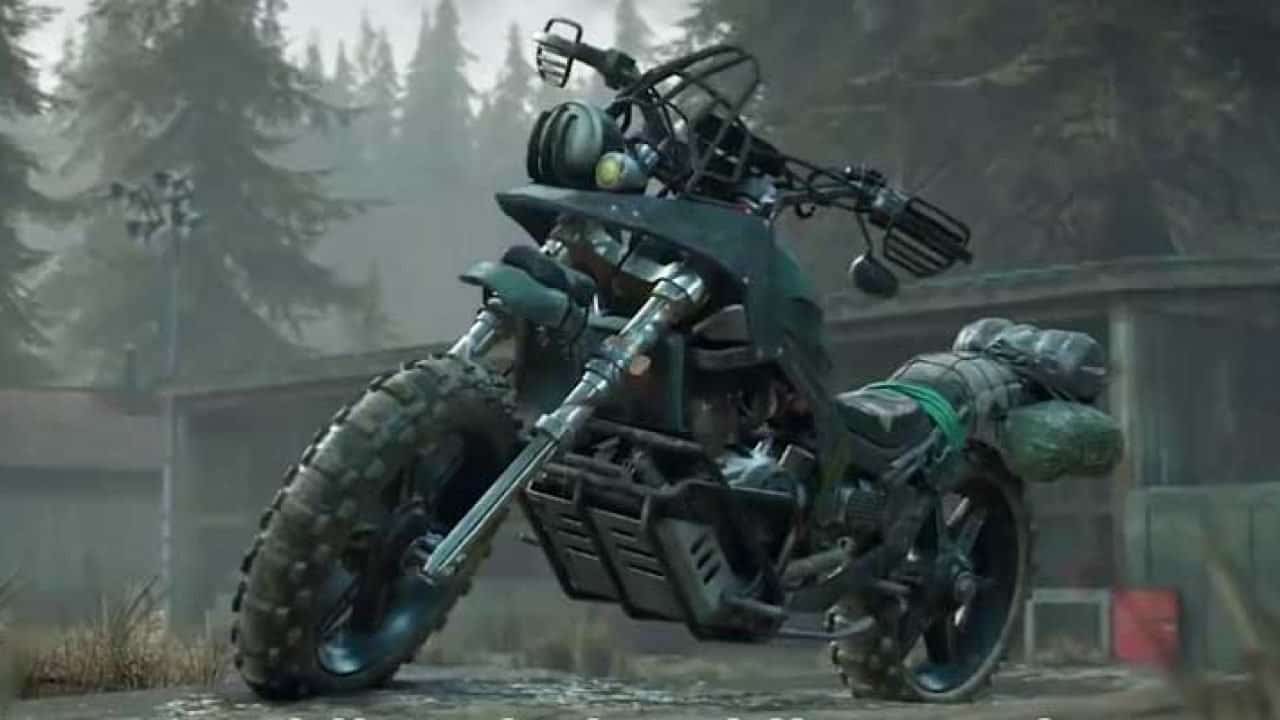
The motorcycle is not the only thing that can be upgraded either. As you progress through the game, you will earn experience and gain skill points. These can be spent on Deacon’s various abilities to survive. These include improving stealth, combat, or even general open-world abilities that improve resource gathering and looting.
Seeing as you spend a whole lot of time in the open world doing these things, you would assume that it looks pretty at the very least… and it really does.
A stunning world set back by its inhabitants
Right from the get-go, it is evident that Sony Bend crafted a beautiful world. From the first scene that showcases Deacon and Sarah’s relationship, to the final scene where Deacon finally rides into the proverbial sunset, the game presents stunning scenes to you in spectacular fashion.
When you first get to grips with the game, you will be met with a lush forested area. The scenes here include pretty greenery and a whole lot of bushes to hide in. The game even has beds of flowers dotted everywhere! Soon after this, the game takes you into the desert, and beyond. You are driving north, after all. Here, you are met with beautiful dusty vistas, sandy ridges, and a mixture of flora and fauna that fit the region perfectly.
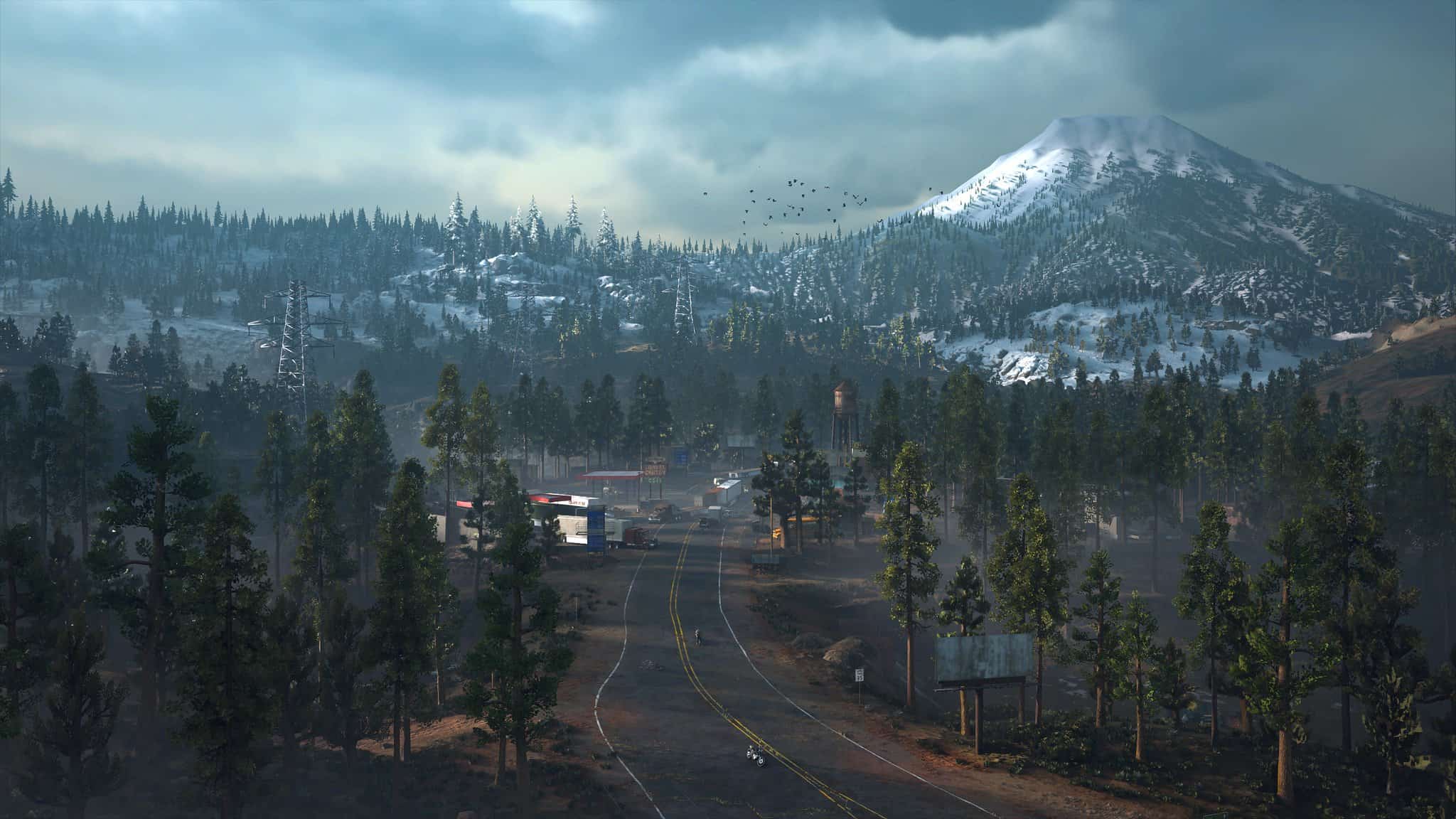
Driving along the roads really is incredible. It is too bad, then, that there are enemy snipers along pretty much every single route. This forces you off the bike and into hiding. If there are no snipers, you have to contend with entire hordes of freakers – unbelievably large groups of zombies that you have no choice but to run from.
This would not be too much of an issue, if the freakers had the slightest form of intrigue to them, but they really do not. Freakers are nothing but mindless zombies that either flail about, ready for stealth executions, or run at you at full speed, ready to be cut down. Similarly, human enemies such as raiders and NERO soldiers have the mentality of an easy multiplayer AI in Counter-Strike: Global Offensive: they never grab cover and stand around like targets ready to be taken out. It would be even easier to take them out if their weapons were not superior in every other way.
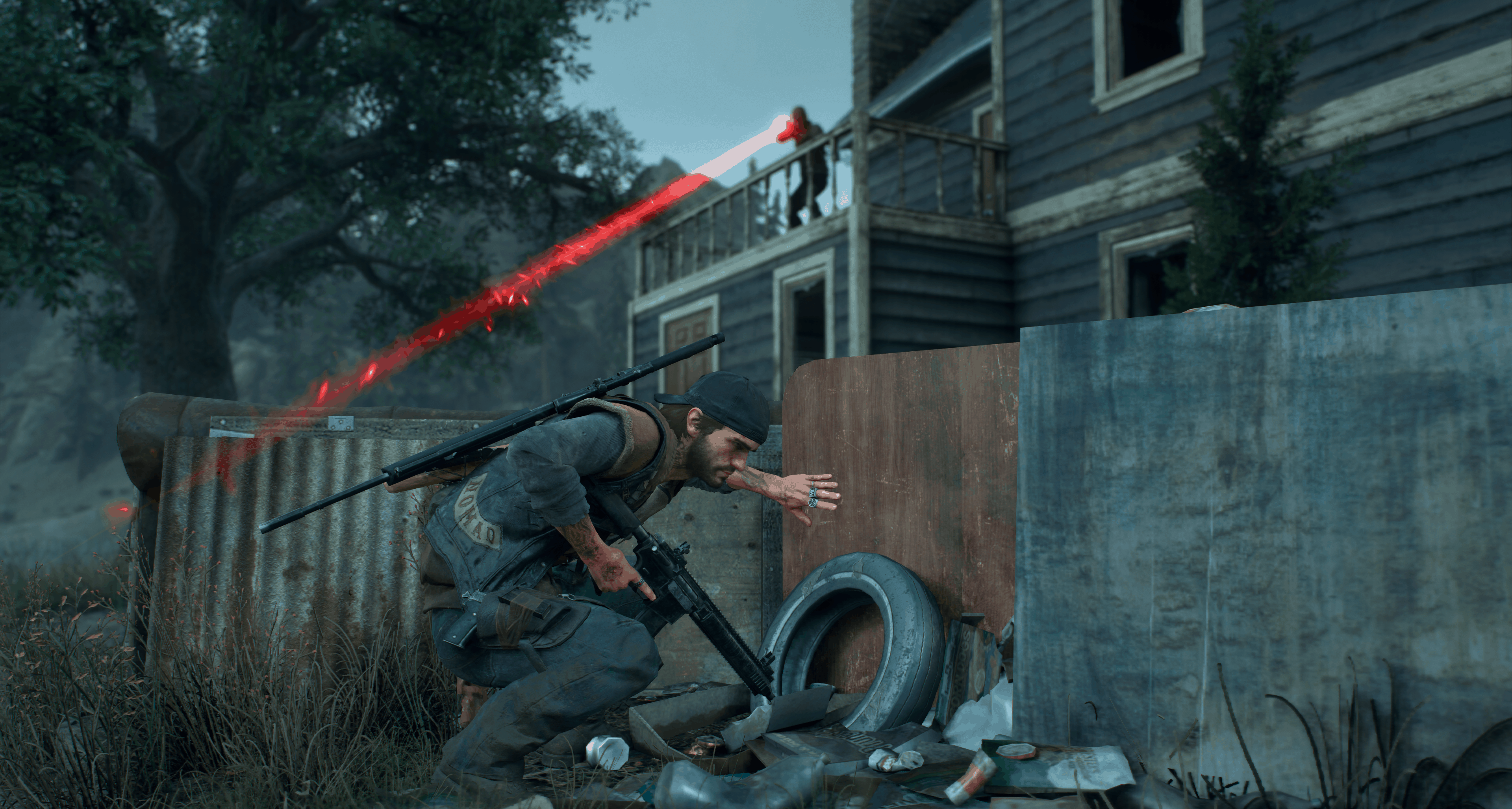
Taking down both enemy humans and freakers is not too much of a chore. Battling with the controller is, and so is the stiff, phoned-in calls, that they so frequently shout into your earholes.
Characters in Days Gone are simply not good-looking. Even the main characters like Boozer, Sarah, and even Deacon himself, look like characters ripped straight out of a PlayStation 3 title, while their lip synching is so bad that they hardly look like they can speak at all. Of course, it does not help that it sounds like the scripts are totally devoid of emotion.
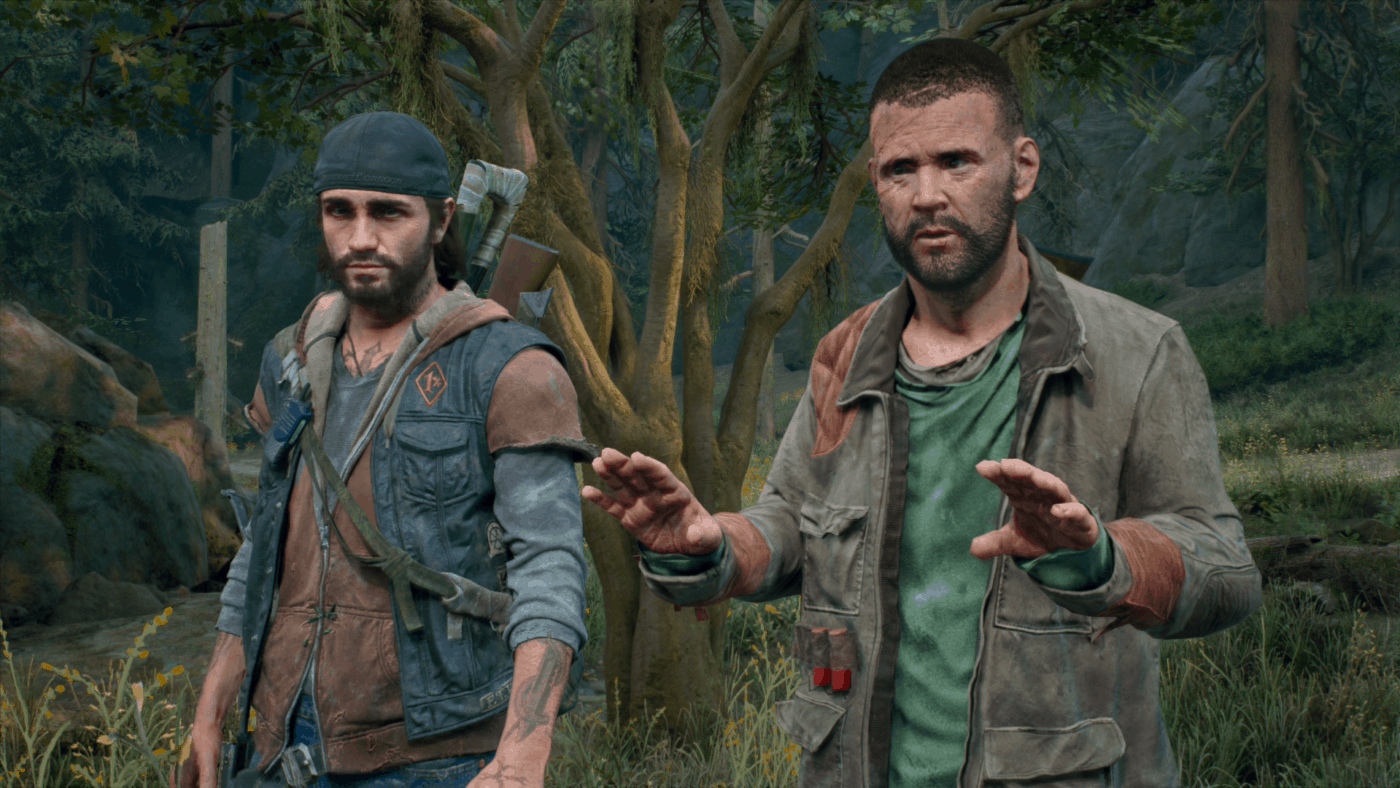
Days Gone is a good game, marred by odd design
Days Gone is quite enjoyable! The game’s strongest aspects are its narrative, which proves to be an impressive albeit clichéd story; and the very world of the Pacific Northwest that you travel through as you ride north.
It is such shame that caveats like average character models, poor lip-syncing, flat and emotionless voice over work, repetitive gameplay, and unusual controls; preside over the game’s enjoyable content. Fortunately, these issues can be fixed with a major update in the future. Except, perhaps, for the voice over work – which really does sound like a cheap B-grade film.
The game is definitely not without its flaws. However, thanks to zippy traversal on the bike, an enjoyable narrative, and a pretty world; it deserves to be played. A respectable, albeit forgettable, experience.
| Hours to Complete | 15+ Hours |
| Difficulty | Normal |
| Platform | PlayStation 4 |
| Acquisition | Review copy courtesy of SIE Bend Studio |
Junior Editor at Vamers. From Superman to Ironman; Bill Rizer to Sam Fisher and everything in-between, Edward loves it all. He is a Bachelor of Arts student and English Major specialising in Language and Literature. He is an avid writer and casual social networker with a flare for all things tech related.

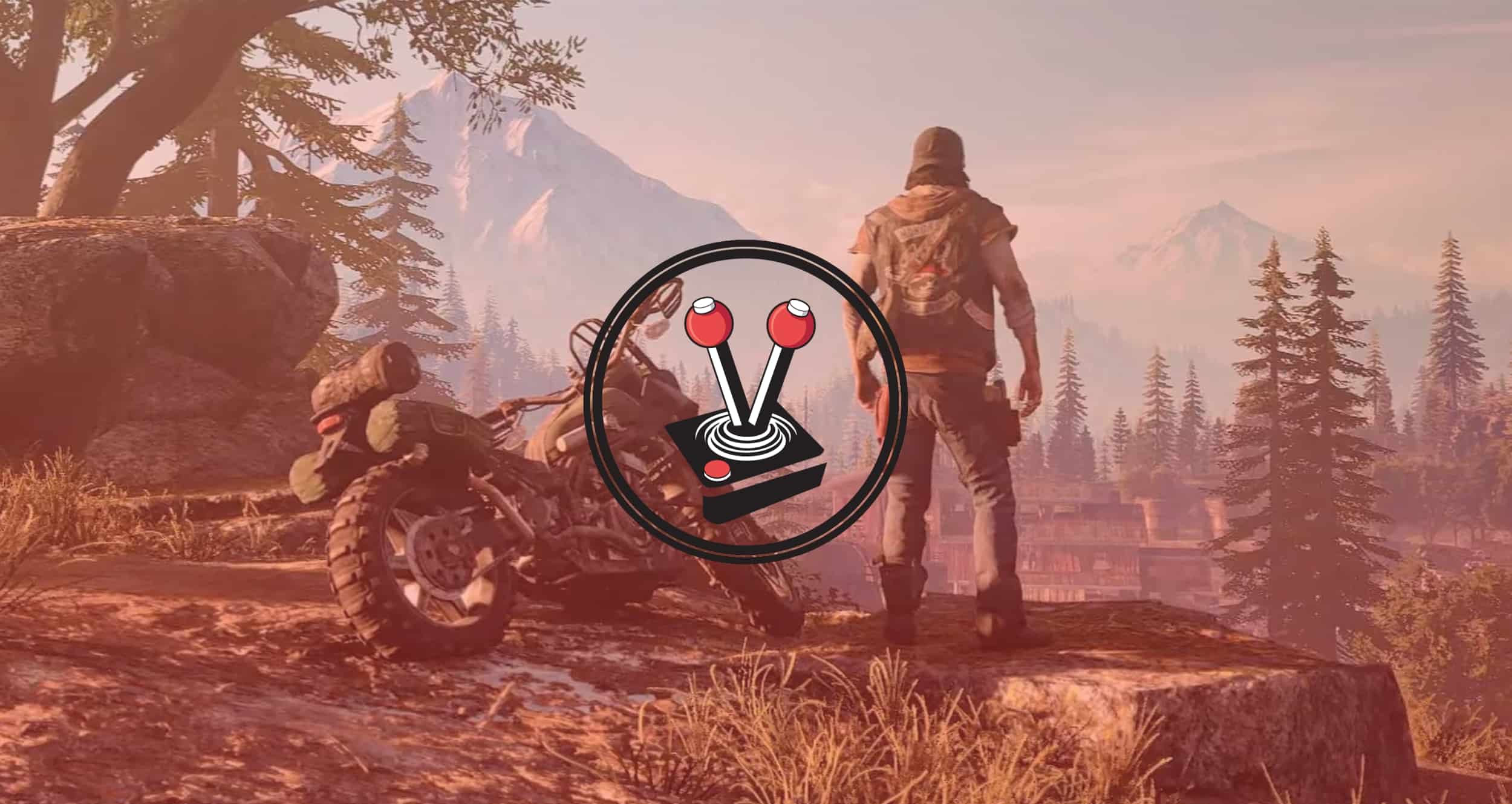








![Razer Kraken V3 Pro Review – Welcome to Boomtown [Redux]](https://vamers.com/wp-content/uploads/2022/07/Vamers-Technology-Razer-Kraken-V3-Pro-Review-Banner-218x150.jpg)





![Preparing for Dawn of Ragnarok [Assassin’s Creed Valhalla Guide]](https://vamers.com/wp-content/uploads/2022/03/Vamers-Gaming-Preparing-for-Dawn-of-Ragnarok-Banner-alt-fixed-218x150.jpg)
![Rainbow Six Siege DemonVeil opens Year 7 with a barrier [Hands-on Preview]](https://vamers.com/wp-content/uploads/2022/02/Vamers-Gaming-Rainbow-Six-Siege-DemonVeil-Banner-218x150.jpg)



